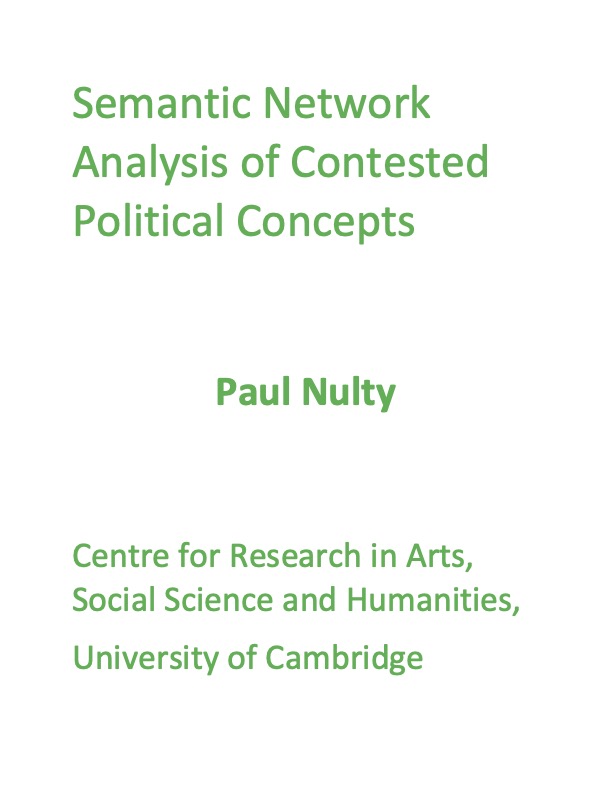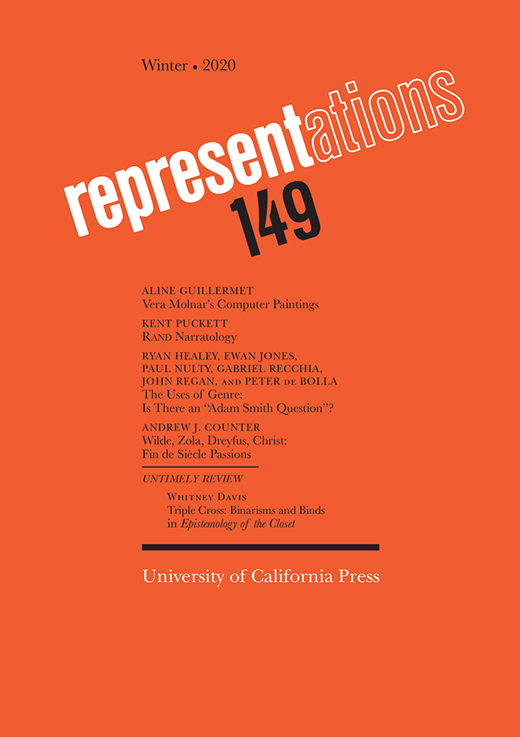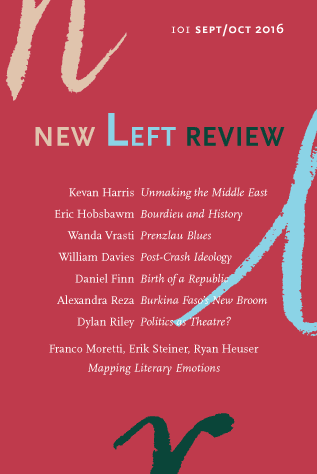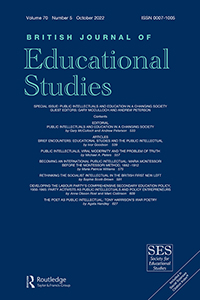
Humanistic infrastructure studies: hyper-functionality and the experience of the absurd
Bridging third wave HCI with infrastructure studies, this paper examines the relationship between infrastructural visibility, breakdown, and experience through an existentialist lens. We present and theorize a state of infrastructural functionality – which we term ‘hyper-functionality’ – that renders infrastructure visible because of its experiential effects on end-users, not necessarily because of malfunction. We introduce this term through the presentation of a story from the life of one of the authors in which an infrastructural assemblage behaved unexpectedly, giving rise to the experience of the absurd – a feeling of alienation from oneself and the technological assemblages that constitute one’s daily world. We explore the applicability of hyper-functionality for the interpretation and theorization of larger-scale scenarios by using it to interpret reactions to the role that social media – Facebook in particular – played in the troubled United States presidential election in 2016. We contend that the existentialist-tinted lens of hyper-functionality constitutes a novel and meaningful way of analyzing the human experience of the mundane in relation to infrastructures, thus forming the basis for a humanistic infrastructure studies.
Other Books From - Article
About the author
[books_gallery_author author="John S. Seberger & Geoffrey C. Bowker"][books_gallery_author author="Geoffrey C. Bowker"][books_gallery_author author="John S. Seberger"]Back
 Semantic Network Analysis of Contested Political Concepts
Semantic Network Analysis of Contested Political Concepts  The Uses of Genre: Is There an “Adam Smith Question”?
The Uses of Genre: Is There an “Adam Smith Question”?  Into the archive of ubiquitous computing: the data perfect tense and the historicization of the present
Into the archive of ubiquitous computing: the data perfect tense and the historicization of the present  Provincializing Enlightenment: “Edinburgh” Historicism and the Blackwoodian Regional Tale
Provincializing Enlightenment: “Edinburgh” Historicism and the Blackwoodian Regional Tale  The cliché writes back
The cliché writes back  MAPPING LONDON’S EMOTIONS
MAPPING LONDON’S EMOTIONS  BRIEF ENCOUNTERS: EDUCATIONAL STUDIES AND THE PUBLIC INTELLECTUAL
BRIEF ENCOUNTERS: EDUCATIONAL STUDIES AND THE PUBLIC INTELLECTUAL  Acts of Aesthetics: Publishing as Recursive Agency in the Long Eighteenth Century
Acts of Aesthetics: Publishing as Recursive Agency in the Long Eighteenth Century  On Paragraphs. Scale, Themes, and Narrative Form
On Paragraphs. Scale, Themes, and Narrative Form  James Hogg and the Medium of Romantic Prose
James Hogg and the Medium of Romantic Prose